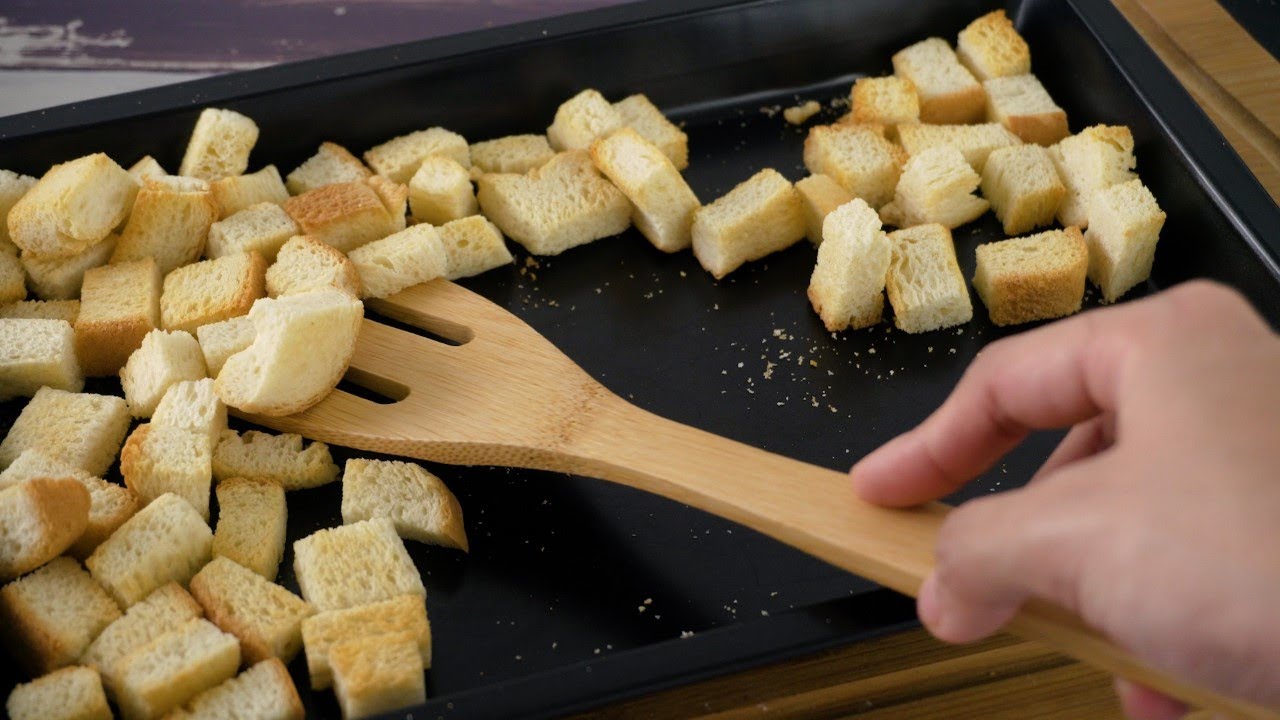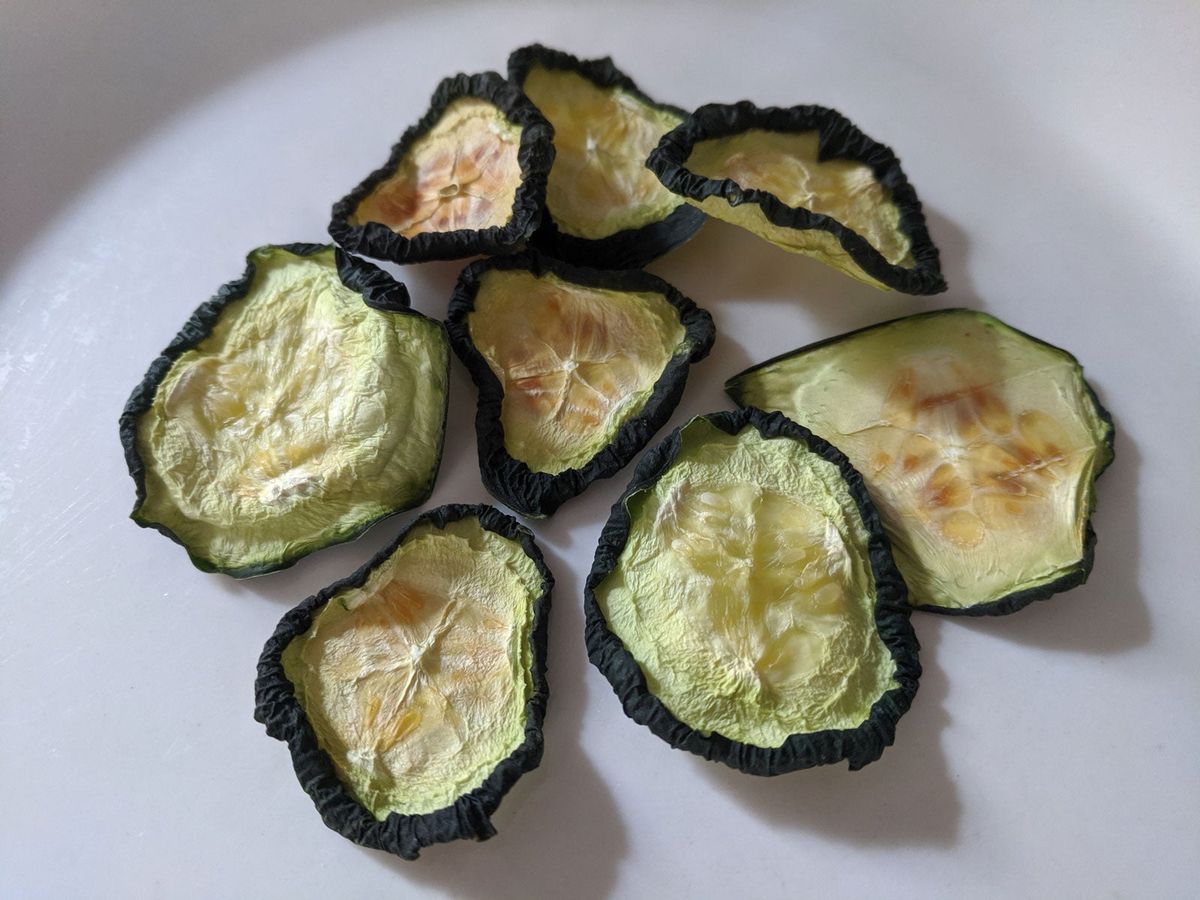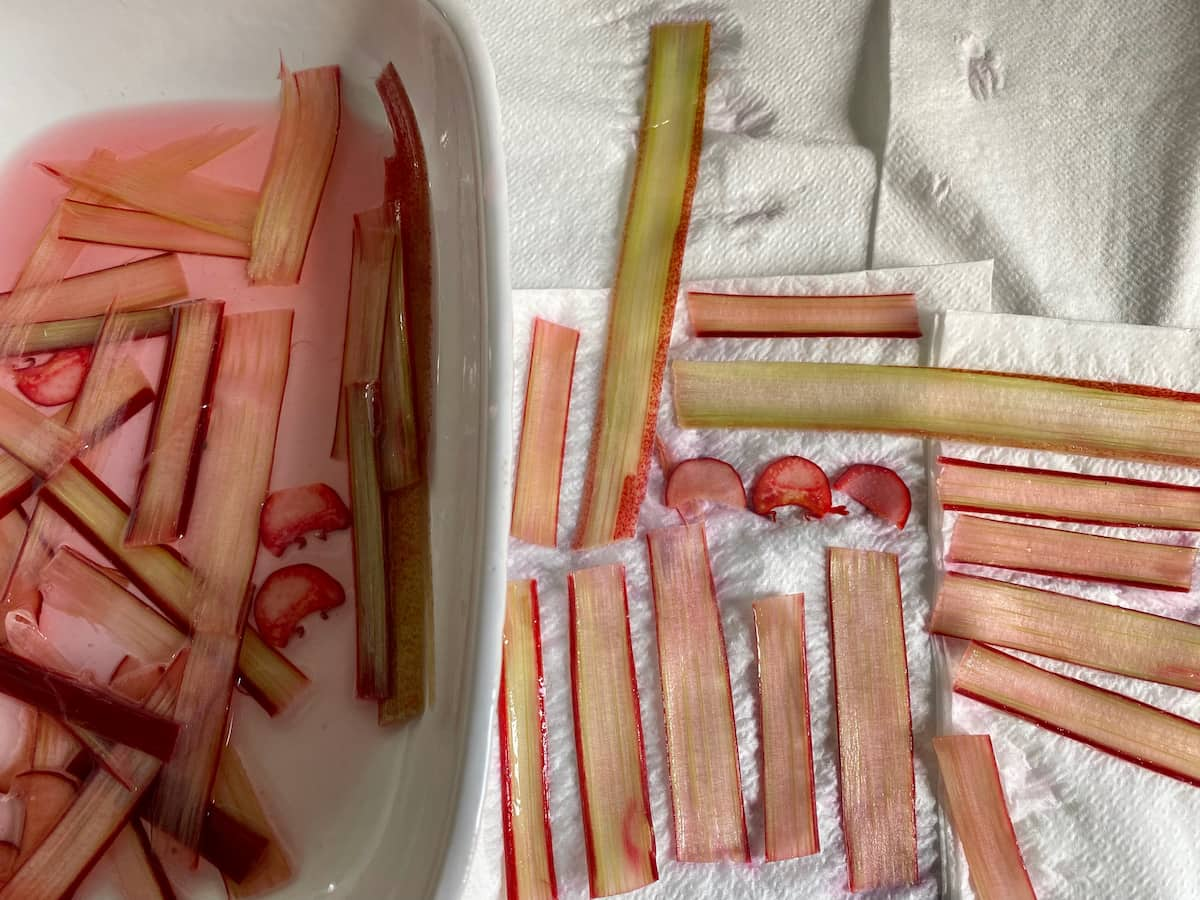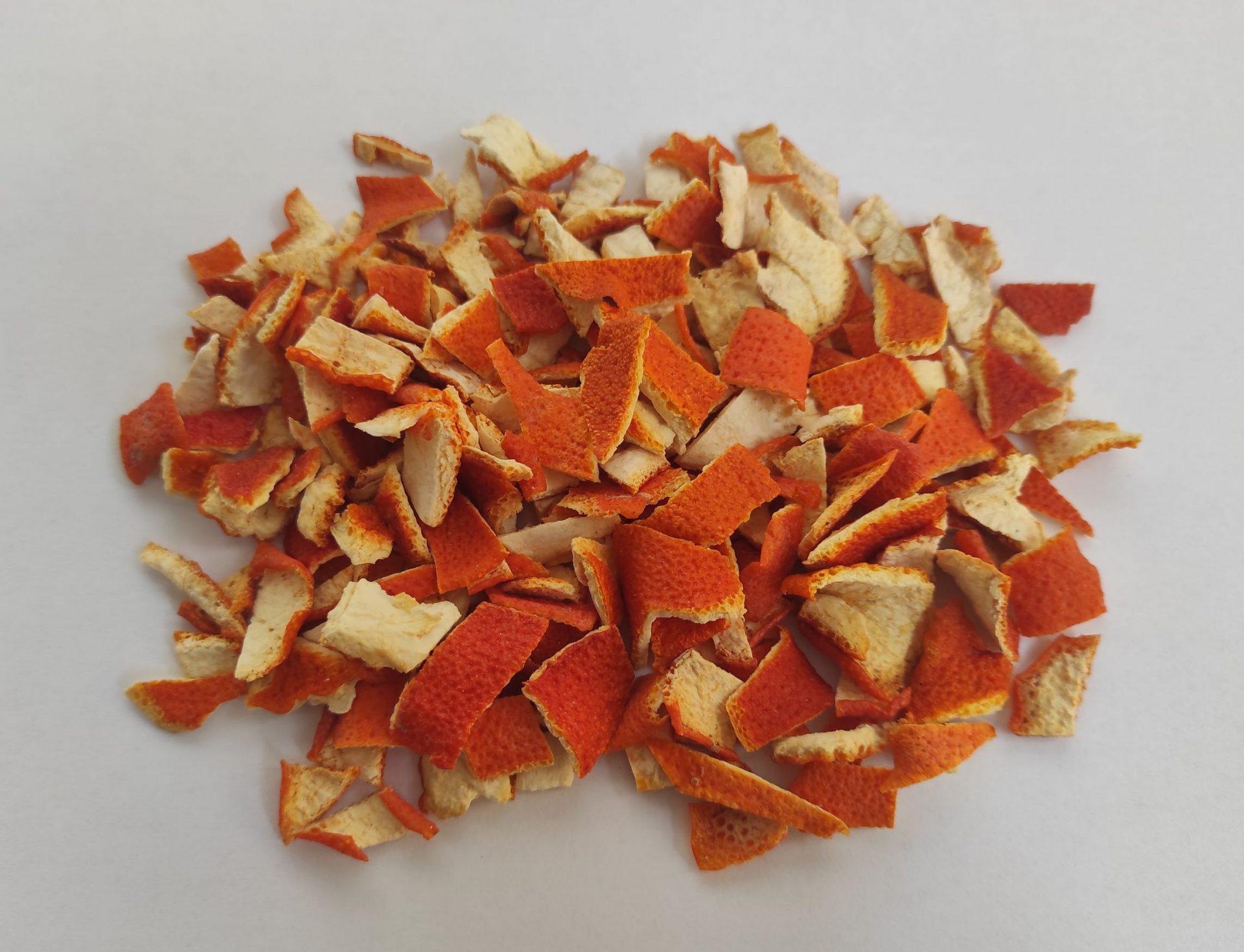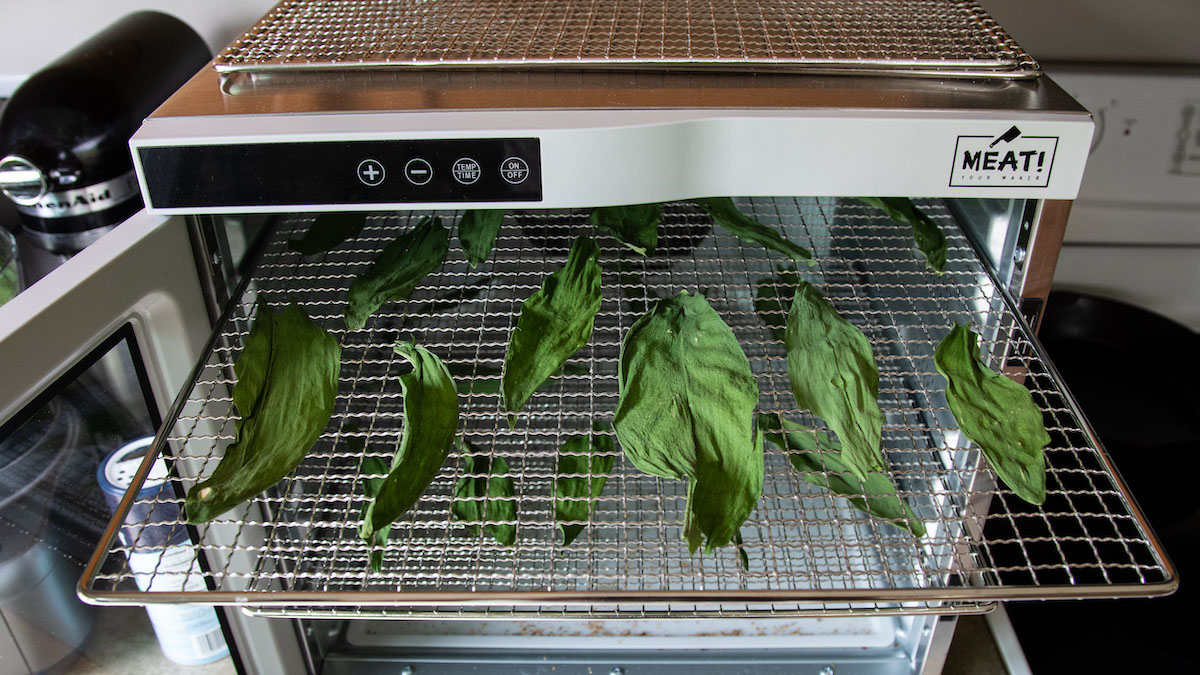How to Dehydrate Cauliflower in the Oven
Dehydrating cauliflower is a great way to preserve this nutritious vegetable and add a crunchy texture to your dishes. While there are various methods to dehydrate cauliflower, using an oven is one of the easiest and most accessible ways to do so. In this article, we will guide you through the simple steps to dehydrate cauliflower in your oven.
Step 1: Prepare the Cauliflower
Start by washing the cauliflower thoroughly to remove any dirt or debris. Next, cut the cauliflower into small florets, ensuring they are of uniform size. This will help them dehydrate evenly in the oven.
Step 2: Blanch the Cauliflower
Blanching the cauliflower before dehydrating can help preserve its color and nutrients. To blanch the cauliflower, bring a pot of water to a boil and add the cauliflower florets. Let them cook for 3-4 minutes, then quickly transfer them to a bowl of ice water to stop the cooking process. Once cooled, drain the florets and pat them dry with a clean kitchen towel.
Step 3: Arrange on Baking Sheets
Preheat your oven to the lowest setting, usually around 140-150°F (60-65°C). Arrange the blanched cauliflower florets in a single layer on baking sheets lined with parchment paper. Make sure there is some space between the florets to allow for proper air circulation.
Step 4: Dehydrate in the Oven
Place the baking sheets in the preheated oven and prop the door open slightly to allow moisture to escape. Depending on the size of the florets and the humidity in your area, the dehydration process can take anywhere from 6 to 12 hours. Check the cauliflower periodically and rotate the baking sheets for even dehydration.
Step 5: Test for Dryness
To test if the cauliflower is fully dehydrated, remove a piece from the oven and let it cool to room temperature. It should be dry and crisp to the touch. If the cauliflower is still pliable or moist, return it to the oven for additional drying time.
Step 6: Store the Dehydrated Cauliflower
Once the cauliflower is fully dehydrated, allow it to cool completely before transferring it to airtight containers or resealable bags. Store the dehydrated cauliflower in a cool, dry place away from direct sunlight. Properly stored, it can last for several months.
Ways to Use Dehydrated Cauliflower
Now that you have successfully dehydrated cauliflower in your oven, you may be wondering how to use it. Here are some creative ways to incorporate dehydrated cauliflower into your meals:
- Crunchy Snack: Enjoy the dehydrated cauliflower as a healthy and crunchy snack on its own.
- Soups and Stews: Add the dehydrated cauliflower directly to soups and stews for a nutritious boost.
- Salads: Sprinkle the dehydrated cauliflower over salads for a textural contrast.
- Trail Mix: Combine the dehydrated cauliflower with nuts and dried fruits to create a unique trail mix.
- Vegetable Powders: Grind the dehydrated cauliflower into a fine powder to use as a natural thickener for sauces and soups.
Dehydrating cauliflower in the oven is a simple and rewarding process that allows you to enjoy this versatile vegetable in new ways. Whether you’re looking to extend its shelf life or add a crispy element to your dishes, dehydrated cauliflower is a valuable addition to any kitchen.
Was this page helpful?
Read Next: How To Dehydrate Catnip In The Oven

